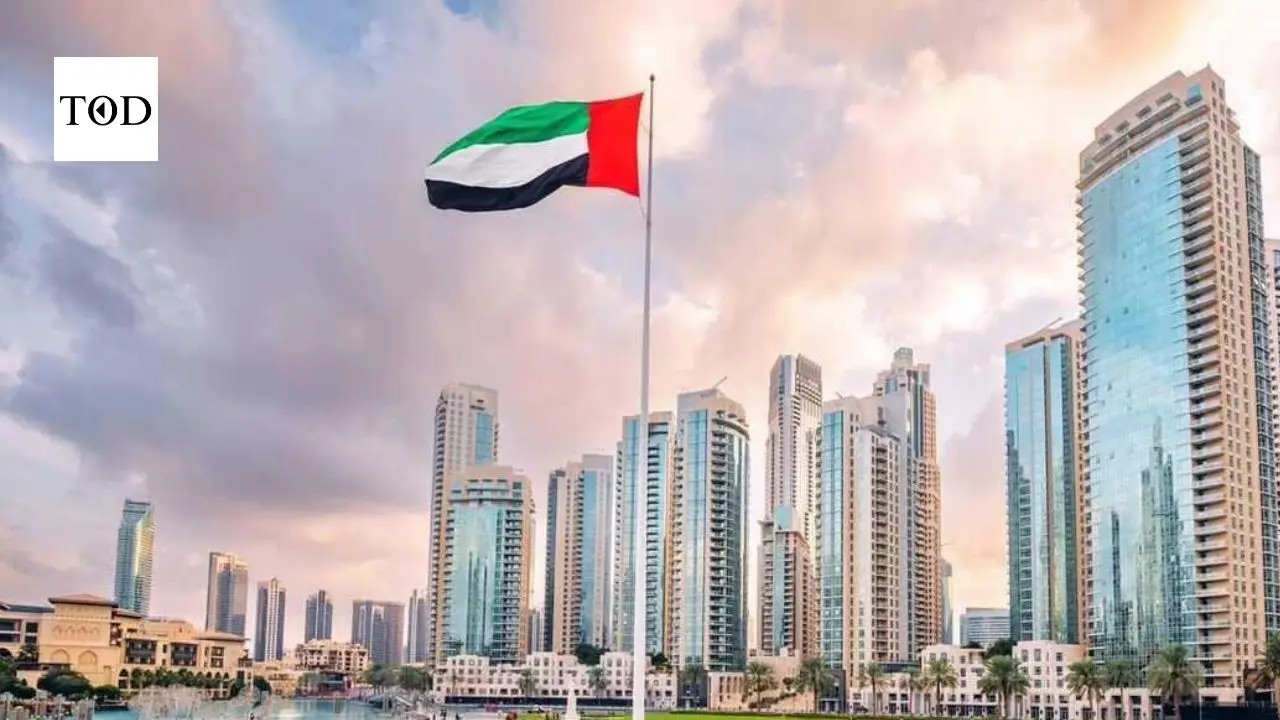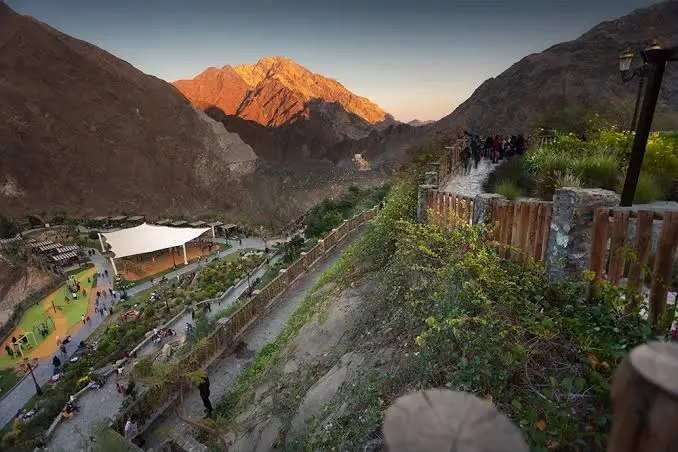Abu Dhabi, April 23, 2025 – As stated by the IMF, The UAE GDP is to grow at an anticipated 5% in the year 2026. Such hopeful projections seem to affirm the country’s recovery and the successful attempts made towards diversifying an economy. Recently released by the IMF, The World Economic Forum highlights resilient policies and ambitious growth programs as pivotal reasons contributing to this forecast.
UAE GDP Growth Driven by Diversification and Investment
The UAE economy has remained remarkably significant for several years now, constrained even by something as dire as a global economic crisis. According to IMF growth estimates, UAE GDP grew by 3.8% in 2024 and is expected to grow by 4% in 2025. From here, the more spectacular 5% growth in 2026 would probably mean that substantial things had been achieved by this country. The growth is a result not only of higher oil prices but also of the efforts that the UAE is making towards diversifying its economy.
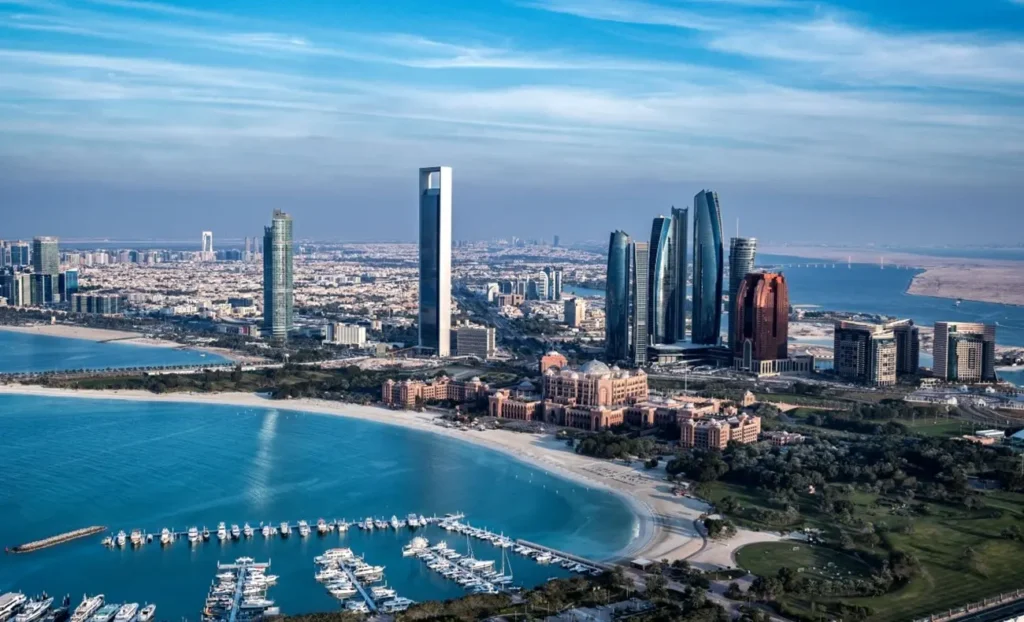
Through vision 2031, the government aims to double the GDP of the UAE to AED 3 trillion by the end of the decade. Among other non-oil sectors, tourism, technology, renewable energy, financial services, and related industries have received heavy investments from the UAE toward that aim. Currently, approximately 75% of UAE GDP accounts for these sectors, thus signifying disengagement from oil dependency, as well as diversification.
Foreign direct investments continue flooding into the UAE as a result of favorable policies regarding doing business, world-class infrastructural facilities, and a stable political setting. Moreover, the government has introduced several new visa categories and different residency modalities that entice professionals and entrepreneurs to come and settle in the UAE, thus propelling the increase in UAE GDP.
Sectors Fueling the UAE GDP Surge
Consolidating sectors will contribute most towards the grand forecast into UAE GDP growth.
Tourism: UAE remains one of the prime travel destinations in the world with Dubai and Abu Dhabi taking millions of visitors every year. Tourism revenue thus supports employment with world-famous monuments, luxury hotels and an events calendar brimming with vibrance.
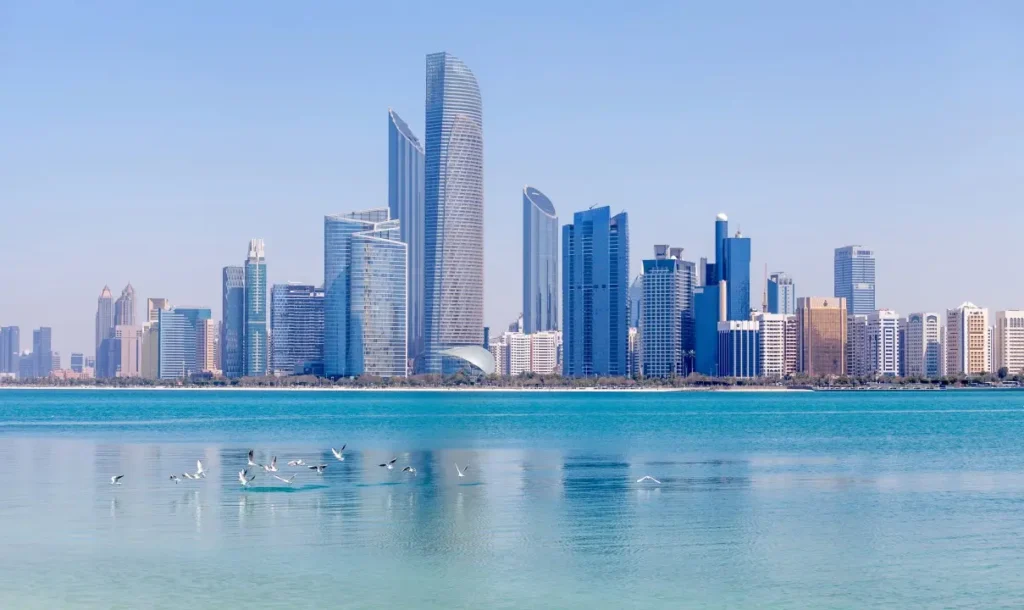
- Financial Services: The UAE is a regional financial hub. Its banks and investment firms have been able to gather worldwide capital into this economy, supporting real estate, trade, and the growth of the broader economy.
- Construction and Real Estate: Further contributions to the UAE GDP segment are continuous by adding new residential and commercial space as infrastructural works are in progress. Mega projects such as Expo City Dubai and new free zones attract both local and foreign investments.
- Technology and Innovation: The investments in AI, fintech, and digital transformation are one of the pillars expected to drive the billions that will contribute to UAE GDP in the future. Consumer spending is on the rise and is going to continue.
The IMF expects consumer spending to rise by 4.3 percent this year in 2025. Population growth and rising incomes have fueled consumer confidence. The expected inflation trend will be mild at around 2.3% due to stable prices of food and housing in the coming period
Economic Outlook and Future Challenges
The future prospects of the economy have been challenged. Bright in terms of outlook towards UAE GDP, however, international economies also come with challenges. These include uncertainty of the global economy, regional tensions, and a change in oil demand projections. However, large financial reserves, prudent fiscal management, and ongoing reforms provide an increasingly strong safety net for the UAE.
The GDP of the country has increased largely due to Trade Liberalization. The UAE has so far established more than 20 Comprehensive Economic Partnership Agreements (CEPAs) with African, Asian, and European countries as part of an effort to open an arsenal of markets for investment in the UAE.
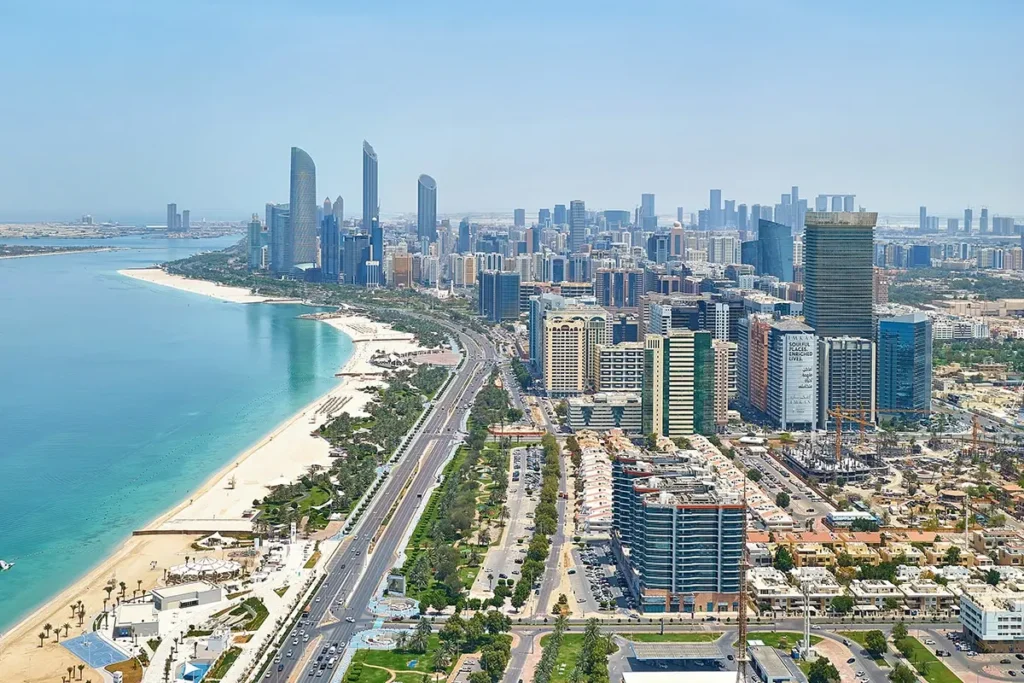
The IMF expects the UAE to continue maintaining a comfortable fiscal surplus, with public debt standing at around 30% of GDP. Non-oil revenues are expected to grow as the government introduces new tax measures like a corporate income tax. The economic strategy of UAE underlines sustainability and innovation from the basic foundational levels. Renewables such as solar and wind have much more to offer the UAE economy in terms of diversification, while the COP28 in Dubai will ensure that the country leads in climate action and attracts green partnerships and investments.
UAE GDP Growth Over Years
| Year | Real GDP Growth (%) | Key Highlights |
| 2024 | 3.8 | Strong non-oil sector growth |
| 2025 | 4.0 | Diversification, steady oil production |
| 2026 | 5.0 | Accelerated growth, Vision 2031 initiatives |
Conclusion
According to the forecast of the International Monetary Fund, the UAE economy is said to reach another year of solid growth alongside implementation of smart policies, diversification into various other sectors, and global partnerships. The GDP of UAE would continue to be an index of the most important measure of the achievement or survival of the country in real terms in the near-time when it continues with the implementation of the Vision 2031 strategy. The 5% growth forecast for 2026 is a strong point of confidence in the future of the UAE, making it a preeminent example of the entire region.
Also Read:


